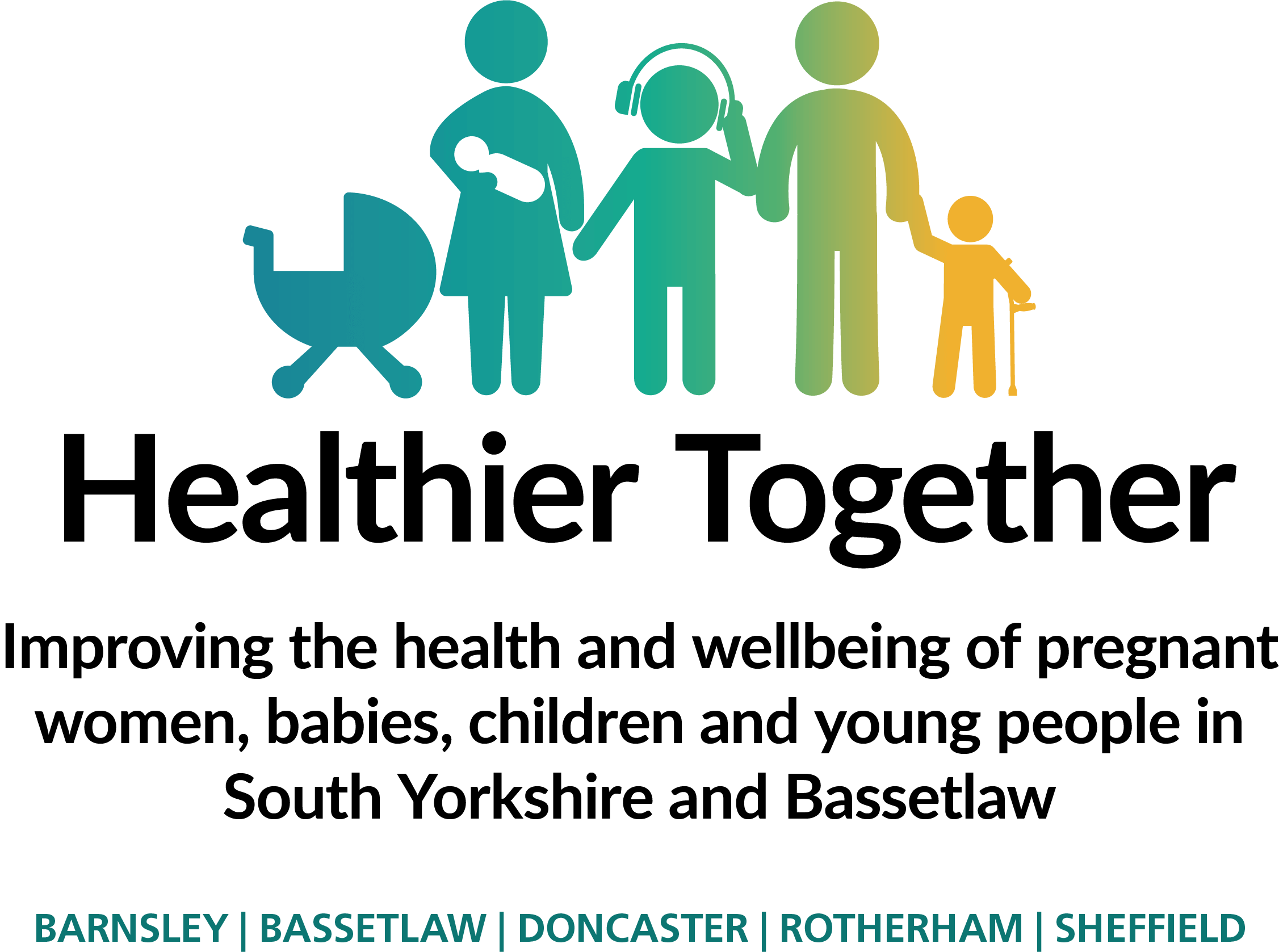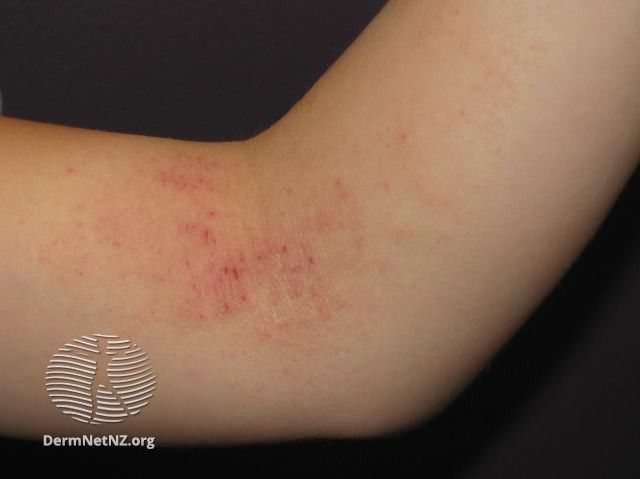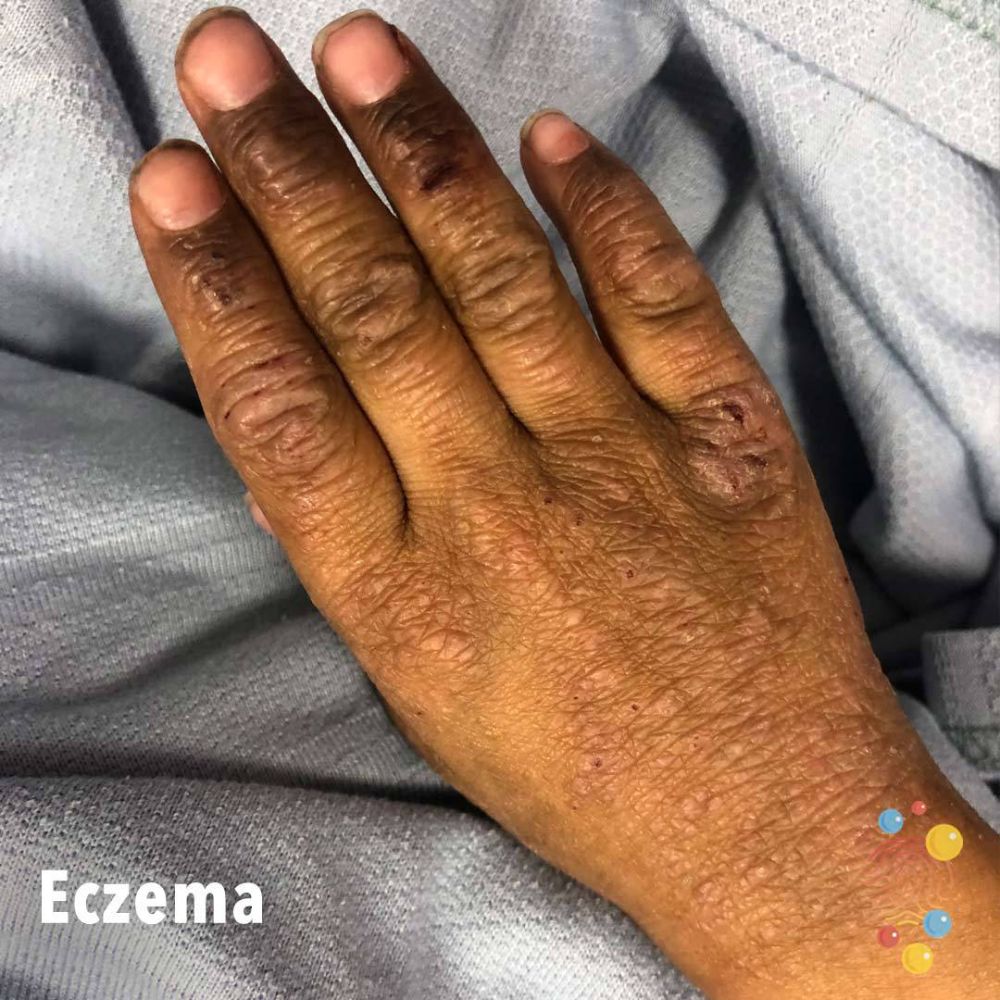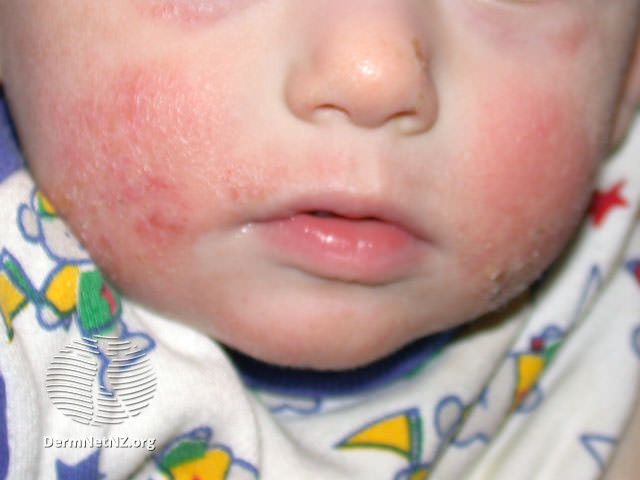The main symptom is itchiness. Scratching in response to an itch may cause many of the changes seen on the skin. The itch can be severe enough to interfere with sleep, causing tiredness and irritability. Typically, atopic eczema goes through phases of being severe, less severe, and then gets worse again. Sometimes a flare-up can be due to the reasons outlined below, but often no cause can be identified.
Eczema
Atopic eczema is a common skin condition that often first occurs in childhood: It is estimated that up to 1 in 5 children will be affected by eczema at some point. It usually improves with age with more than half of children growing out of it by their teens. It is one of a group of related, inherited allergy-related conditions that also includes asthma and allergic rhinitis. Atopic eczema tends to run in families; if one or both parents have eczema, it is more likely that their children will develop it too
Atopic eczema can affect any part of the skin, including the face, but the areas that are most commonly affected are the creases of the joints at the elbows and knees, as well as the wrists and neck. The affected skin is usually red and dry, and scratch marks (sometimes accompanied by bleeding) are common. When atopic eczema is very active, it may become moist and weep during a flare-up and small water blisters may develop, especially on the hands and feet. In areas that are repeatedly scratched, the skin may thicken (a process known as lichenification) and this may cause the skin to itch more. Sometimes affected areas of the skin may become darker or lighter in colour compared to the surrounding, unaffected skin.
Picture credit: Skin Deep is a project developed by two groups in the UK who aim to produce resources that educate professionals and the public about skin presentations in children with different skin colours.
The features of atopic eczema are usually easily recognized by health visitors, practice nurses and doctors, when they assess the skin. Blood tests and skin tests are usually not necessary.
Your healthcare professional should:
- Recognize that your child has eczema or an eczema flare
- Find out whether anything seems to make the eczema worse or better? You may be asked about irritants (e.g. washing products, toiletries, bathing) and triggers (e.g. foods, toiletries, pets, heat and cold) and what creams or lotions you are using
- Help you to manage symptoms by providing a management plan or refer you to someone who can provide you with a management plan
- If your child has severe eczema or is not improving despite treatment, your GP surgery may refer your child to a specialist clinic e.g. dermatologist (skin doctor), allergy specialist or pediatrician (children's doctor).
The most commonly used treatments are moisturisers and steroid creams.
Treatment for your child's atopic eczema should be 'stepped up' or 'stepped down' depending on how severe the eczema is. For instance, if the eczema gets worse, your doctor may advise using a different treatment.
Different areas of skin may need to be treated differently if the eczema is more severe in some places than others.
Your doctor should give you advice on recognising 'flares' of atopic eczema - this is when the skin becomes more dry, itchy, red or swollen. They should discuss this with you and make sure you have all the information and treatments you need to manage the atopic eczema when there is a flare.
Flare treatment should be started as soon as symptoms appear, and carried on for at least 48 hours after the flare has stopped.
Many things, called 'trigger factors', can make atopic eczema worse. These include soaps or bubble baths, allergens (for example, pollen, pet fur and house dust mites) and certain foods. Being unwell, for example having a common cold can cause a flare-up as can infections with bacteria or viruses; bacterial infection (usually with a type of bacteria called Staphylococcus) makes the affected skin yellow, crusty and inflamed, and may need specific treatment whilst an infection with the cold sore virus (herpes simplex) in skin affected by eczema can cause a sudden painful widespread (and occasionally dangerous) flare-up of atopic eczema, with weeping small sores.
- Wash your child with a moisturiser instead of soap (known as a soap substitute), and avoid soap, bubble baths, shower gels and detergents.
- Moisturise your child’s skin as often as possible, ideally at least 2-3 times each day. The most greasy, non-perfumed moisturiser tolerated is the best. This is the most important part of skin care. Smooth the moisturiser on in the direction of hair growth. Do not put your fingers back and forth into the pot of moisturiser, as it may become contaminated and be a source of infection. It is best to remove an adequate amount to cover the skin with a spoon or spatula and put this on a saucer or piece of kitchen roll.
- Treat eczema early - the more severe it becomes, the more difficult it is to control.
- Make sure that your child rinses well after swimming and apply plenty of moisturiser after drying.
- Avoid close skin contact with anyone who has an active cold sore as children with eczema are at risk of getting a widespread cold sore infection.
- Do not keep pets to which there is an obvious allergy.
- Keep your child cool, especially at night - overheating can make eczema itch more.
- Wash your child’s clothes with a non-biological washing powder and use a double rinse cycle to remove detergent residues from the clothing
Where can I get more information?
Click below to hear a consultant dermatologist talking about managing eczema in children:
or contact the National Eczema Society
Hill House
Highgate Hill
London, N19 5NA
Telephone: 0800 089 1122
Email: helpline@eczema.org
Website: www.eczema.org
or click here for a Parent information leaflet produced by the British Association of Dermatologists.






